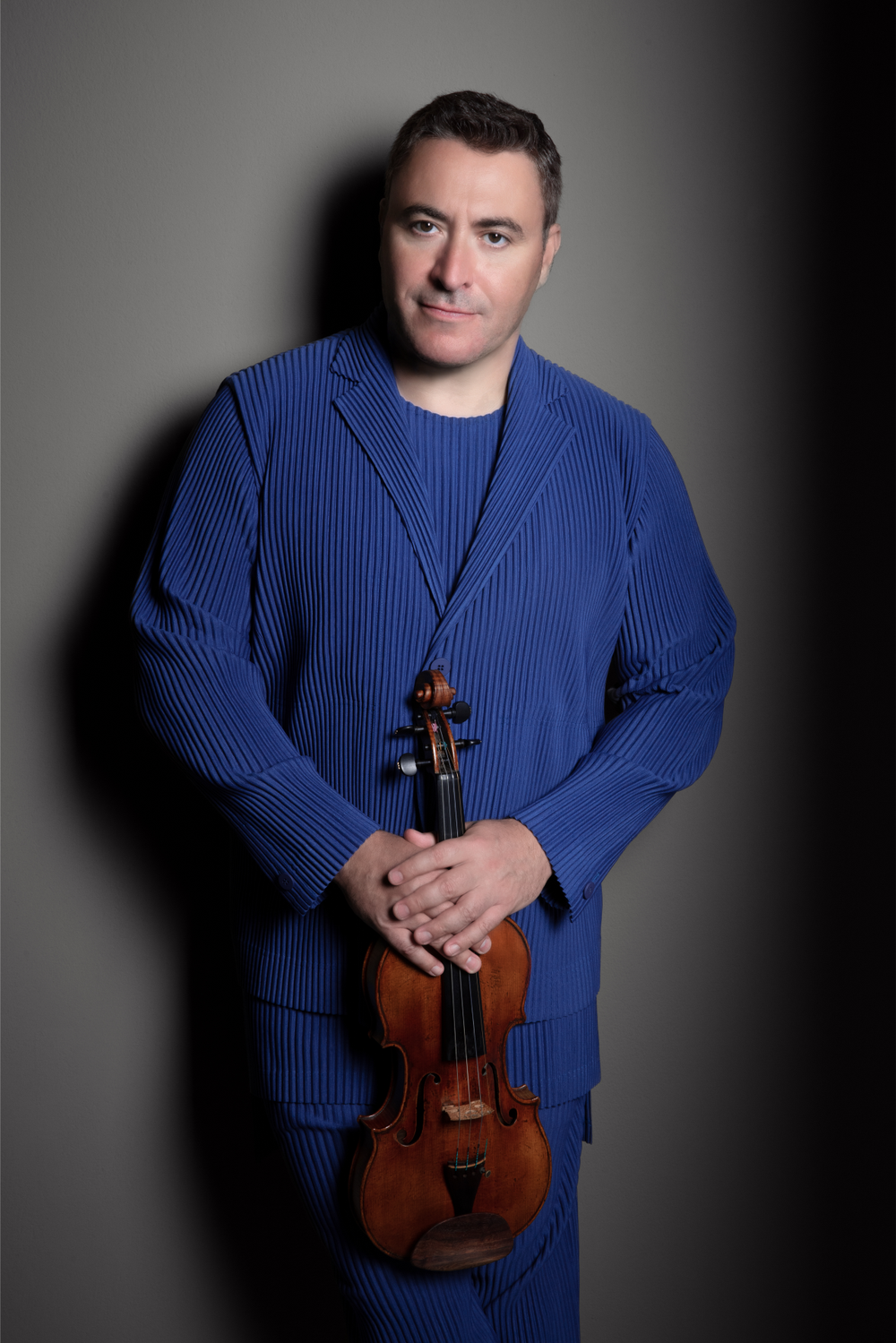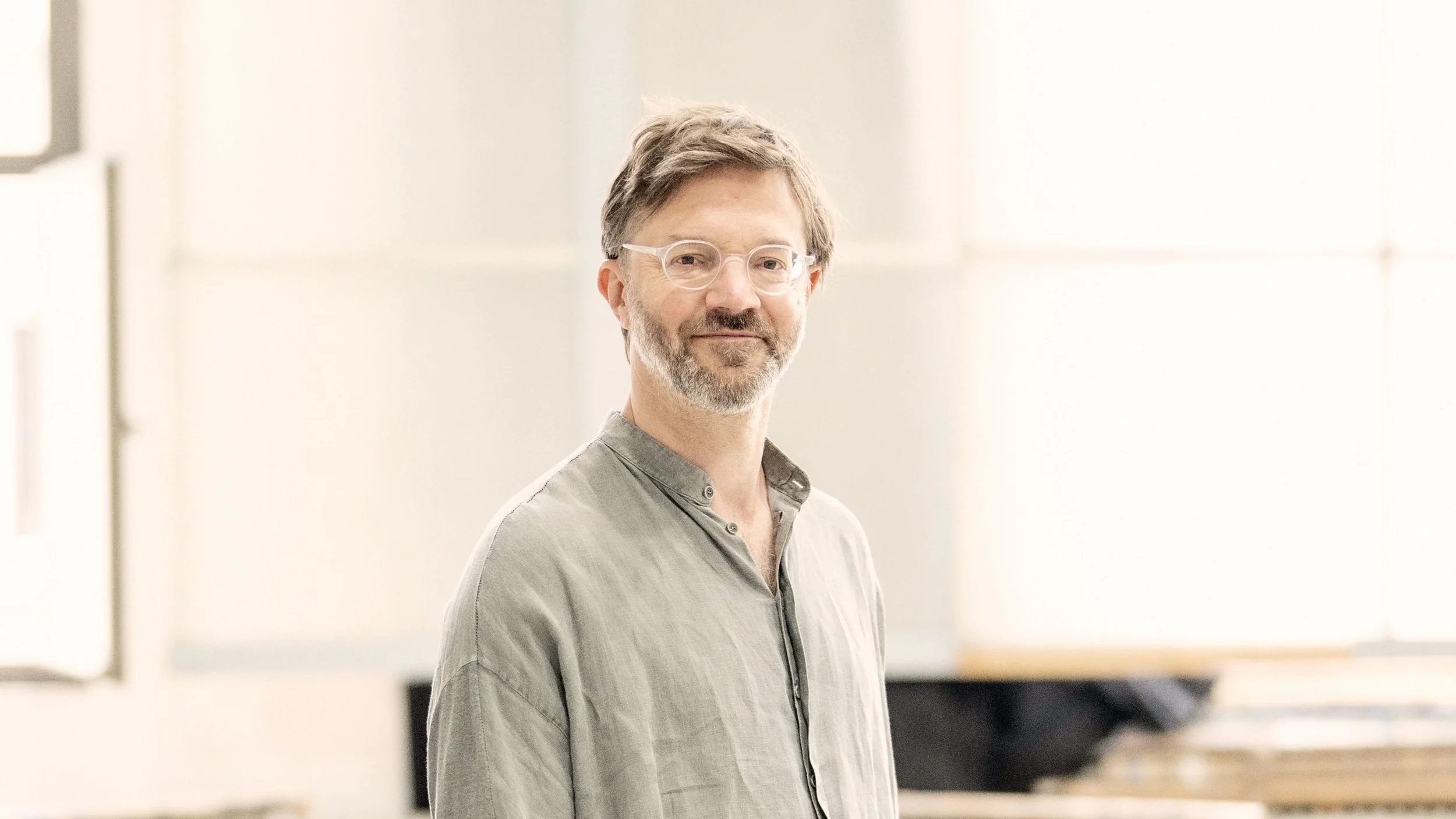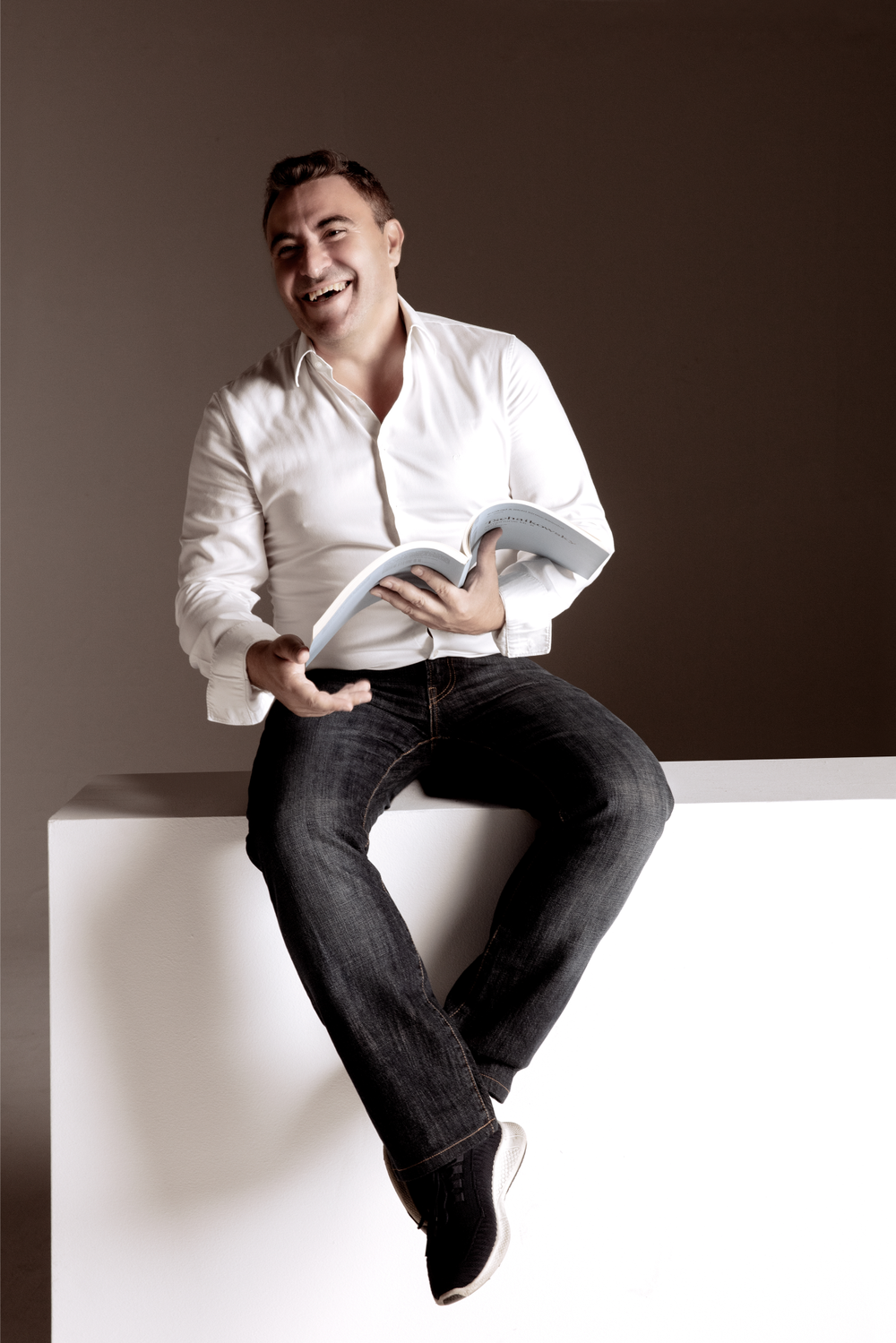NZSO Immerse: Vengerov plays Sibelius
Violinist Maxim Vengerov
Violinist Maxim Vengerov is in New Zealand for his first visit, performing with the NZSO and the Auckland Philharmonia. Last week he owned the Wellington stage with formidable virtuosity during the NZSO Immerse Festival, performing Sibelius's Violin Concerto. The popular and demanding work is often programmed, but I've never heard a better live performance by a soloist in New Zealand.
At a masterclass for young violinists a few days earlier, Vengerov provided a glimpse of the kind of thinking he brings to this concerto. Working with Shanita Sungsuwan on the first movement of the work, he suggested seeing Sibelius’s Concerto as a painting. “The music is so visual, so contrasting, dark and light,” he said. “In the beginning the violins create the instability, the thin ice. Don’t walk on it, fly over the frozen lake. Open your body and embrace it, become a part of nature.”
In the concert his own opening of the work was quietly magical. Sibelius marked the solo violin line, over trembling pianissimo strings, dolce ed espressivo (sweetly and expressively) and Vengerov captured the atmosphere perfectly.
All is not quiet for long. Vengerov brought strong and genuine passion to the 1st movement , playing with a lovely freedom born of his long and intimate acquaintance with this work. The orchestra under conductor André de Ridder matched the soloist's passion and Vengerov showed his brilliant range of colour, particularly in the mini-cadenza Sibelius substituted for a development section.
The second, slow movement is also full of contrasts, first beautiful woodwind and horn playing, then pizzicato low strings with soaring violin above. Ridder's sensitivity and Vengerov's melancholy romanticism captured the audience, who maintained a pin drop silence as the movement ended.
The third movement reinforces the reputation of this Violin Concerto as one of the most difficult ever written. At the masterclass, Vengerov suggested a concerto soloist is "in competition" with the orchestra. In this 3rd movement, the battle is intense and fiery, the solo part fiendishly demanding in speed, rhythmic intensity and melodic range. Vengerov seemed to be pushing the orchestra along, his exaggerated dynamic contrasts building excitement as he played with staggering character and brilliance.
The audience exploded in a huge standing ovation, clapping and cheering, and Vengerov responded with an encore, a rather syrupy Romance by Wieniawski which brought the emotional temperature down a little to end the evening.
Conductor André de Ridder
“…embodies the music.”
Photo supplied
The concert began with Schumann's 4th Symphony, all rich-textured German romanticism. This was de Ridder’s second visit to New Zealand and the performance revealed again his effective rapport with the NZSO musicians, who played with a lush full string sound and flowing melodic grace. De Ridder embodies the music in physical movement, particularly in the dance-like sections of Schumann’s 3rd and 4th movements. The grandeur of the finale was enhanced by splendid timpani playing from Larry Reese and the whole ensemble was on their toes, maintaining splendid momentum to a jubilant conclusion.
Vengerov has a huge international reputation. The Soviet-Israeli violinist is also a lauded conductor, including of opera, and a committed educator. And this warm, humorous and charismatic musician can sing, as he revealed in the Wellington masterclass.
Violinist Maxim Vengerov
“…warm, humorous and charismatic - and he can sing.”
Working with violinist Esther Oh, who played Mozart's 5th Violin Concerto for him, he talked about his own youthful encounter with Italian conductor Riccardo Muti, seeking advice about playing Mozart. "It's very simple," Muti apparently told him. "It's an opera. You shouldn't play anything you can't sing."
"Play the role in the opera, sing with your instrument,” Vengerov told Oh. “And now, the curtain opens...". He taught more by singing than talking, singing along with the talented young violinist, demonstrating phrases with his voice. Oh’s sound became noticeably more beautiful as she responded to his inspiring encouragement by "singing" the solo lines with her violin.
The Immerse Festival opened in Wellington with a very different concert. For “Mozart the Great” the NZSO shrank to Mozartian proportions, and used its 18th century timpani. De Ridder’s versatility was evident last year and he conducted Mozart’s Piano Concerto No 21 in C Major with lovely clarity and an unfussy style, paying thoughtful attention to phrasing and making expressive use of dynamics.
Pianist Andrea Lam also brought a nice lucidity to her performance. Her communicative playing had both crisp elegance and a lightness of tone. The chromaticism of her 1st movement cadenza seemed less elegant than Mozart’s but cadenza conventions allow some creative licence for soloists.
Australian pianist Andrea Lam
“…crisp elegance and lightness of tone in Mozart’s Piano Concerto No 21”
Photo supplied
In the 2nd movement, Andante, of ‘Elvira Madigan’ fame, Lam’s playing was beautifully lyrical, as she and the orchestra indulged themselves a little in the romanticism of the familiar melody. In the final Allegro vivace assai conductor, soloist and orchestra danced together, Lam’s rippling pianism bringing the work to its restrained and satisfying conclusion.
Some of the darkness in Mozart’s personal life may have found its way into his Symphony No 40 in G minor, but its first movement can be experienced simply as flowing beauty, especially when played as impeccably as in this performance by the NZSO under de Ridder. Conducted without baton, it was a marvel of subtle grace and flexibility. Acting Concertmaster Monique Lapins led the orchestra with style, the woodwinds were, as always, impressive and the whole orchestra was absolutely up for the speedy clip at which de Ridder took the Finale.
I didn’t attend the NZSO family concert “Fairytales & Broomsticks: Harry Potter and Hänsel & Gretel” that was part of the Immerse Festival. If I had, I would have heard the only New Zealand composition included in the Festival – Claire Cowan’s witty and inventive score for the Royal NZ Ballet’s Hänsel & Gretel. My dismay at the unnecessary omission of our composers from Immerse 2024 was somewhat tempered by an opportunity to hear a work by 20th century master György Ligeti, his Concerto Românesc which opened the Mozart programme.
Though it was apparently not played till 20 years after its composition, banned by Soviet apparatchiks for harmonic dissonance, the Hungarian composer has written an often sweet and gentle work drawing on folk influences from Romania, where he grew up. After the opening Andantino, we hear spiky Bartokian flavours in the 2nd vivace movement and the 4th movement is full of the joy of gypsy fiddlers from a Romanian village, Lapins almost dancing out of her chair in solo passages. The 3rd movement has an off-stage French horn, and Ligeti marvellously invokes the echoing alpenhorns of Transylvania. It made an intriguing and novel introduction to a well-attended and engaging concert.
NZSO Immerse Festival 2024 André de Ridder (conductor) ‘Maxim Vengerov plays Sibelius’ Maxim Vengerov (violin), ‘Mozart the Great’ Andrea Lam (piano) Wellington August 2024




